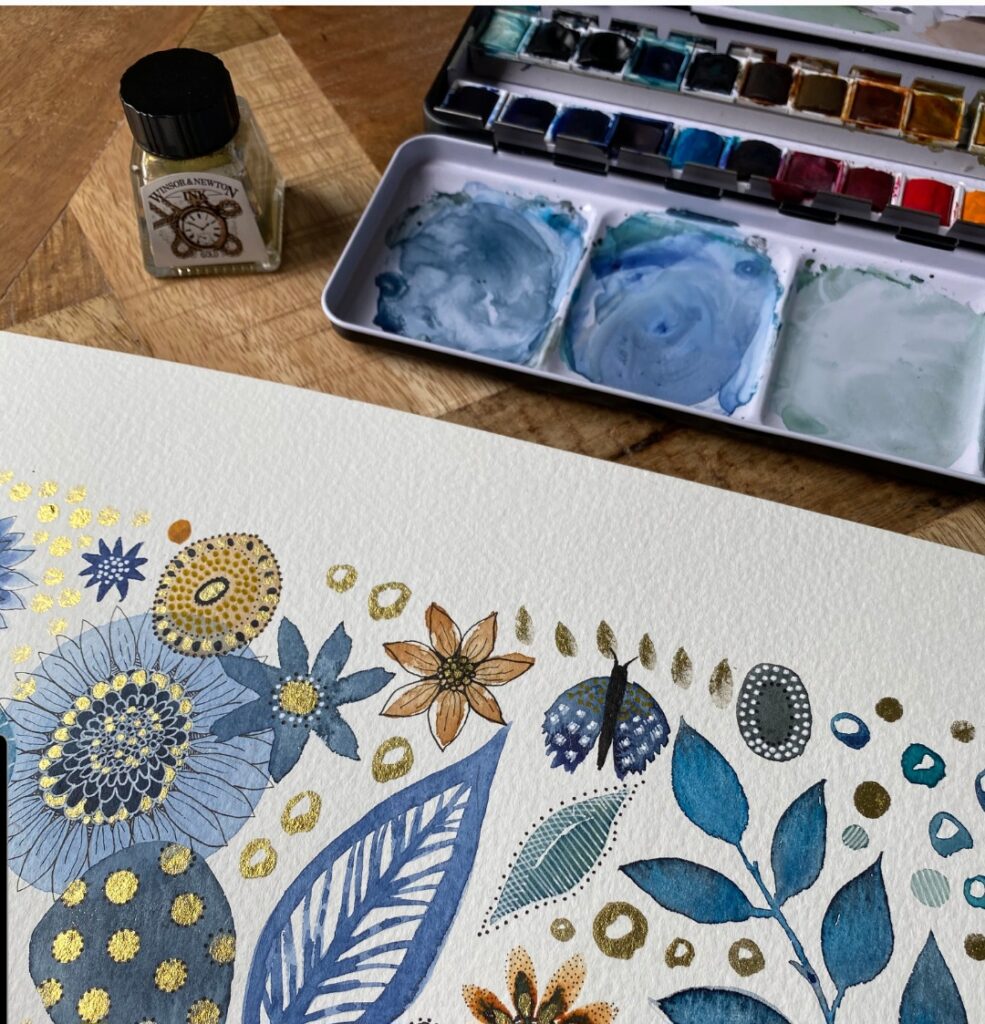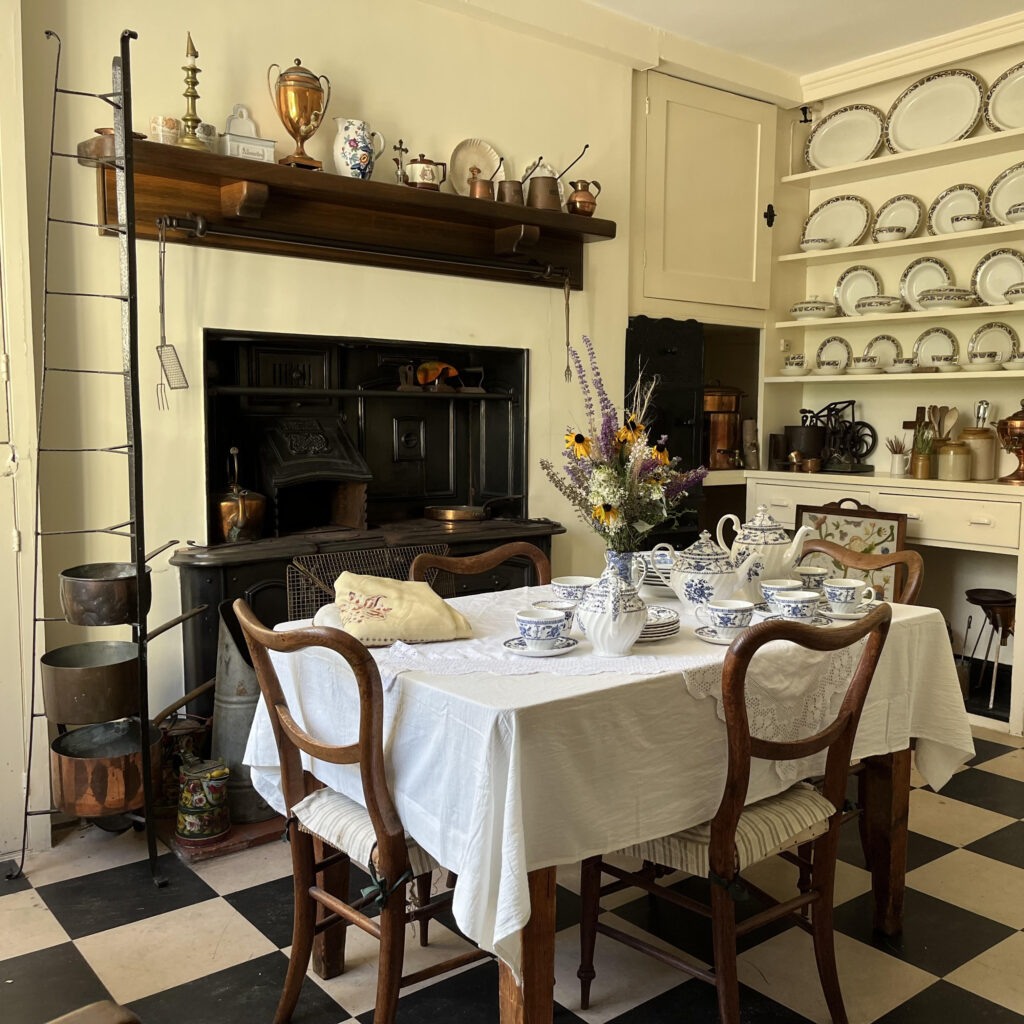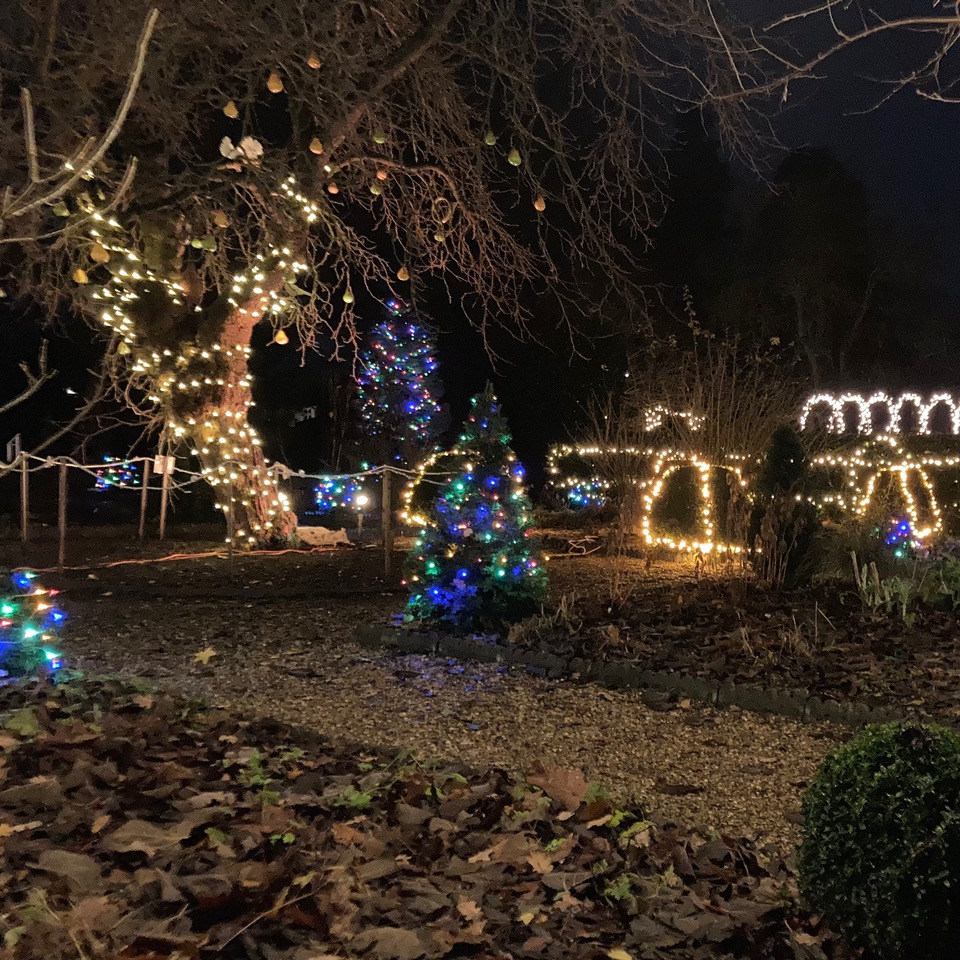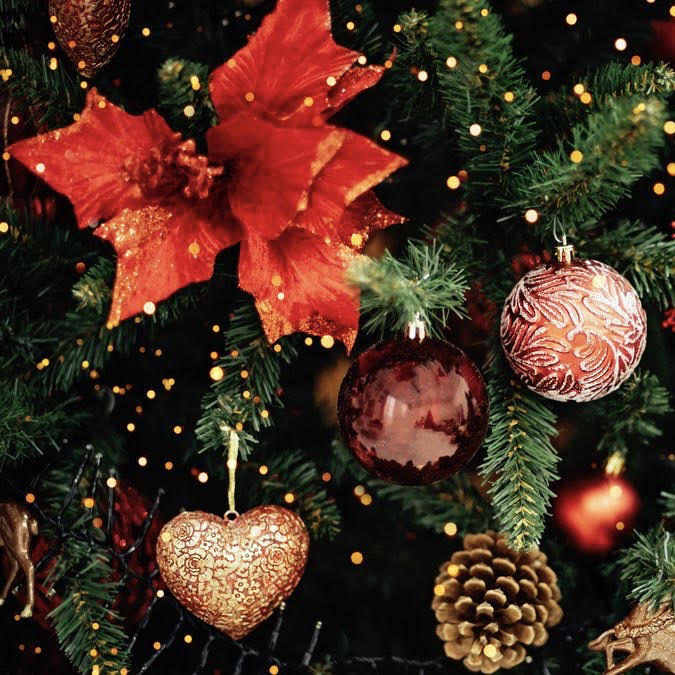Colocasia esculenta

- Common name: Elephant ears
- Type: Evergreen perennial
- Height and spread: Up to 1.5 m
- Aspect: Full sun
- Hardiness: Not frost hardy
- Care: Needs overwintering in a frost free greenhouse
Colocasia esculenta, common name Elephant Ears, is an evergreen perennial prized for its large leaves.
Want to find them at Reveley? In the conservatory, on the patio and by the Clay Lane gate.
Colocasia esculenta (other common name Taro) is tropical plant a native to tropical southern Asia, Indonesia, Malaysia, New Guinea, parts of Australia, or the Pacific Islands. In Asia and Polynesia it is grown as an edible crop. All parts are edible, but beware, it can be a skin irritant and all parts of the plant are poisonous and must be cooked first. We don’t advise eating it and always check with a professional first. It is believed that the roots of Colocasia esculenta have been cultivated in Asia for more than 10,000 years.
Colocasia is a truly architectural plant. The heart or arrow shaped leaves can measure up to 60 cm across. Leaf colour can be anything from light to mid green or even dark purple, with attractive, distinctive veins. Grow in a pot on the patio as a specimen plant or group it with other tropical like plants such as the banana tree (Musa), Cannas and underplant with ferns such as Dryopteris erythrosora for a tropical look. The stems of Colocasia can be up to a metre long adding to the plants dramatic look. Raindrops collect in a pool at the base of the leaf.
Colocasia is a member of the arum family, producing tiny flowers within a small white spathe, although it rarely flowers in our climate.
Cultivation: pot up tubers in loamless potting compost. Keep in bright, filtered light and high humidity. Water freely and apply a balanced liquid fertiliser monthly when in growth. To over winter keep just moist and frost-free the same as for Cannas. Requires 21°C minimum to stay evergreen. If grown as an annual, the Colocasia will be a much smaller plant.
We have potted up a few plants for sale at Reveley, but be careful where you plant it, Colocasia esculenta has become an invasive plant along the American Gulf coast – but luckily our harsher winters should keep it in check.









